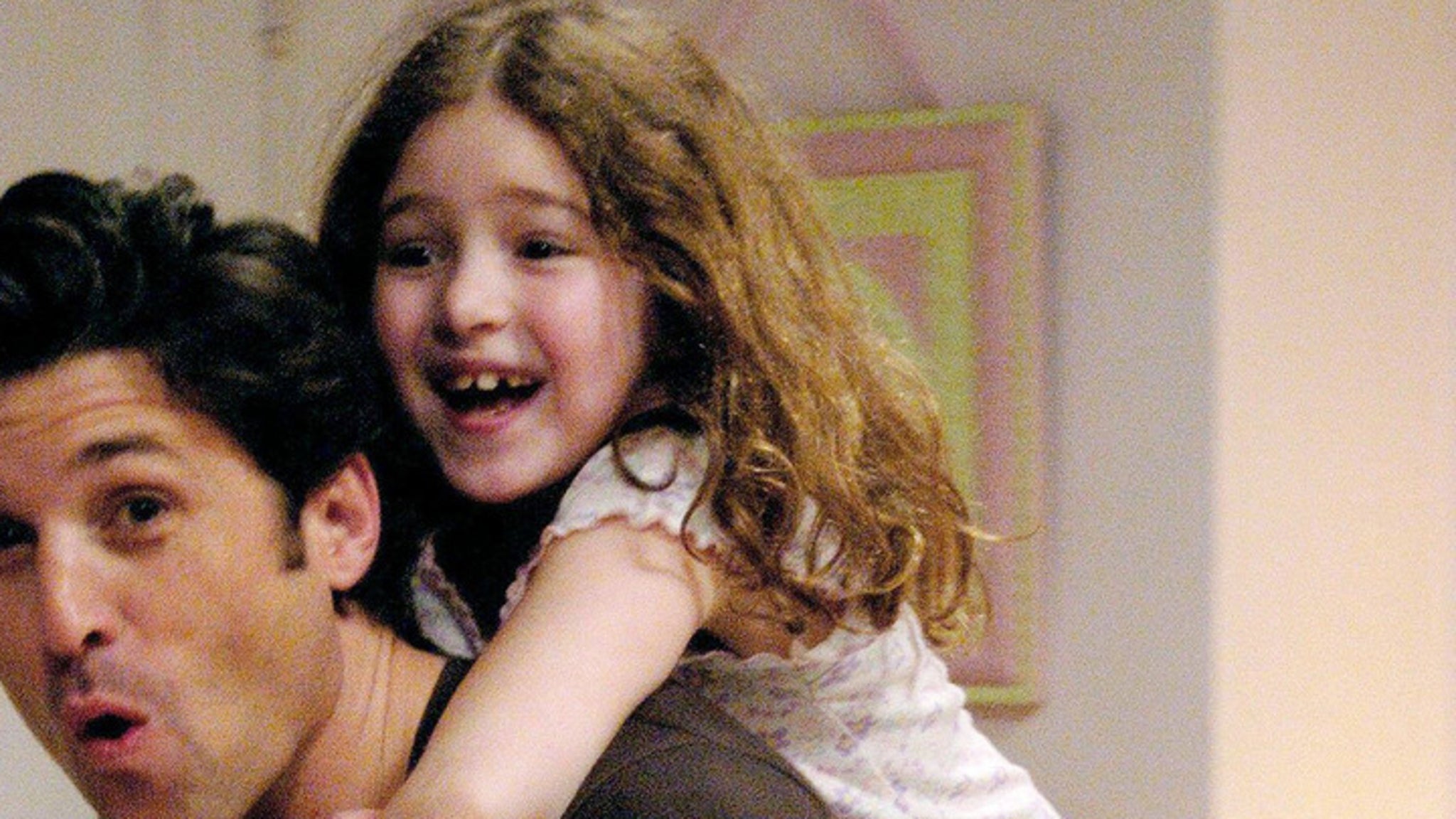Culture
Esther, a New Art Fair With a Northern European Style

The art world is not traditionally friendly to newcomers. That’s why, for its inaugural edition, the art fair Esther put out a welcome mat. Literally.
The newest addition to Frieze Week is taking over the New York Estonian House, a Beaux-Arts townhouse at 243 East 34th Street, through May 4. In a nod to what visitors can expect from the congenial event, the artist August Krogan-Roley, the husband of the fair’s co-founder Margot Samel, assembled a colorful doormat with the fair’s name and installed it out front.
Esther is part of a growing contingent of alternative art fairs, including Basel Social Club in Switzerland and Supper Club in Hong Kong, born out of a desire among dealers to collaborate rather than compete. While galleries participating in corporate events like Frieze or Art Basel shell out tens of thousands of dollars to rent a space the size of a small New York bedroom, exhibitors at Esther paid just $1,500 each — and there is nary a booth in sight.
Instead, 26 dealers, many with Northern and Eastern European roots, from Oslo to Latvia to Tbilisi to Estonia, have installed art in every corner of the space. Maximalist porcelain vessels by the American-Latvian artist duo Skuja Braden sit, perky as sunflowers, on top of the pool table; upstairs, a video of young people spitting paint and rolling in dirt by the Brooklyn-based artist Oliver Herring screens on a monitor above a piano. The wood-paneled foyer hosts a rocking-chair sculpture with a ceramic tongue by the Estonian artist Kris Lemsalu. (On Tuesday, the fair’s opening day, Lemsalu sat motionless in the chair for an hour. “The tongue will be in my lap — a little Hugh Hefner at Estonia House,” the artist said ahead of the performance.)
Two dealers with ties to Estonia — Samel, who runs a namesake New York gallery and is originally from Tallinn, and Olga Temnikova, whose gallery, Temnikova & Kasela, is based in the European city — hatched the idea for Esther last year after touring the ornate venue, a private club that was a popular gathering place for Estonian refugees after World War II.
With the help of a modest grant from the Estonian government, organizers set out to produce the entire show with a budget of $40,000. (Many galleries spend more on a single fair booth.) Temnikova recruited her husband to carry anchovies on the plane from Tallinn, which will be served as appetizers at one of the nightly dinners held in the house’s stately barroom. “Galleries have also been very generous,” Samel said. “I wouldn’t normally go to a fair and say, ‘Let me know what I can do,’ after I’ve paid $20,000 or $30,000” for a booth.
Alternative fairs are “as much for the dealer community as for the collector community,” said the art adviser Wendy Cromwell. She bought two watercolor-and-ink paintings by the American artist Emma Kohlmann from the gallery Silke Lindner for a client before opening day. During an action-packed two weeks of art fairs and auctions in New York, competition for the attention of collectors and curators is fierce. While Cromwell found much to like at Esther, she “couldn’t get a client excited enough” to accompany her, she said.
Highlights range from a nearly nine-foot-tall candle sculpture by the 2019 Turner Prize nominee Tai Shani ($30,000), presented by London’s Gathering, to intricately woven and dyed fabric wall hangings by the Peruvian artist Cristina Flores Pescorán ($5,000 to $9,000) from Ginsberg + Tzu of Madrid. Prices for the works on view across the fair range from $1,000 to $40,000.
Esther arrives during a tense market moment; several small galleries in New York have recently closed. “The key for us to thrive and even survive is collegiality,” said Chiara Repetto, the co-founder of Kaufmann Repetto, which is exhibiting at Esther. “We have to counterbalance the big players that are only becoming bigger.” Her gallery recently joined forces with five other midsize dealers to purchase a former school building in upstate New York, where they will share storage and stage their first joint group show this summer.
Samel and Temnikova have accepted that Esther will not be much of a moneymaker. “I really hope galleries will break even,” Samel said. “And if there’s nothing else we get out of it, at least we got our booths for free.”






















